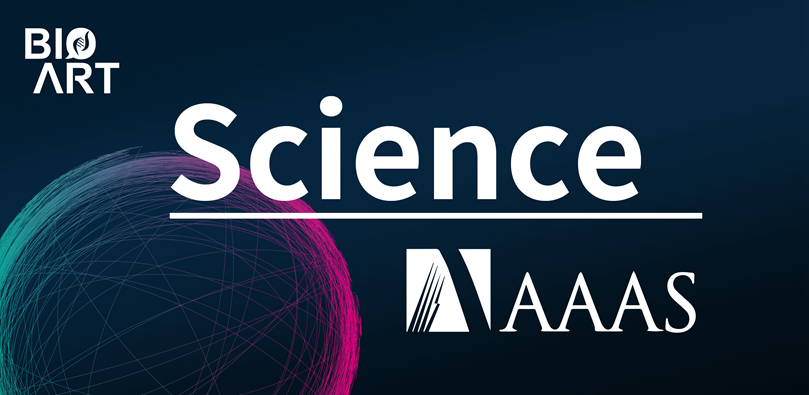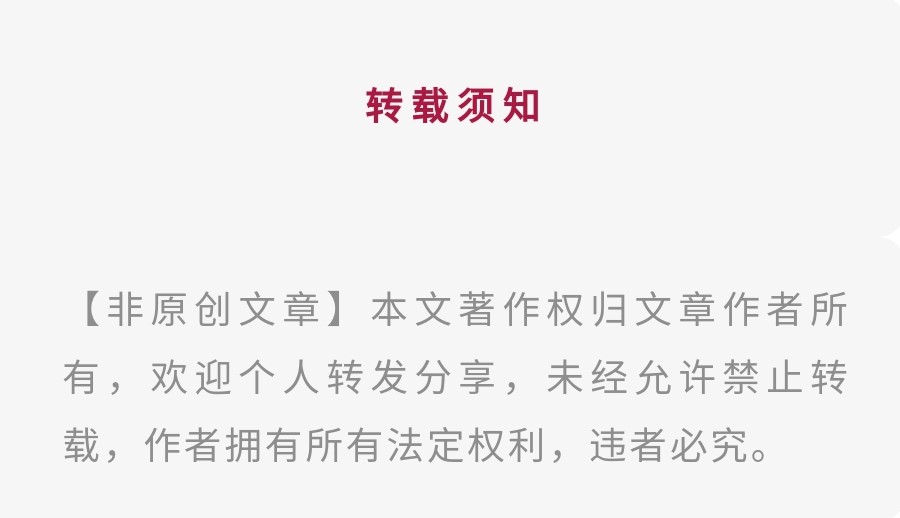"Sleeping and solving thousands of sorrows": neurotransses connecting social pressure, restoring sleep and anxiety
Author:Bioart biological art Time:2022.07.02

Responsible editor 丨 enzyme beauty
Stress stress is an inevitable physiological reaction after each individual communicates with the external world. Earlier studies have shown that acute pressure stimulation can activate the hypothalamus-pituitary-adrenal axis (HPA-AXIS) to improve the level of glucocorticoids, allowing the body to quickly respond to external factors stimulation. However, under severe stress pressure stimulation, the continuous elevated glucocorticoids may aggravate the stress reaction to cause a series of physical and mental symptoms such as nerve endocrine dysfunction; occur. In general, stress can cause insomnia, but on the other hand, specific social pressure can change sleep structure and promote sleep. As a recognized recovery physiological process, sleep has potential significance for the negative effects of relief. But whether there is a specific neural circulation can contact social pressure and sleep. It is still unclear.

On July 1, 2022, Beijing time, Professor Dong Hailong's research group at the First Affiliated Hospital of the Air Force Military Medical University and Xiao Yu, William WISDEN & Nicolas P. Franks Research Team jointly published research papers A Specific Circuit In The MidBrain DETECTS Stress and INDUCES RESTORATIVE SLEEP reveals the important role of social pressure -induced sleep in accelerated body evacuation stress state. It depicts the neural network mechanism that enhances sleep from the core neurons of the middle brain abdomen (VTA), and in -depth clarification of the system's anxiety caused by restoring sleep to relieve stress. Negative state (Figure 1).


Figure 1. In the middle of the brain abdomen is covered with the negative emotions such as anxiety caused by the stress pressure of the GABA/SST energy neuron to perceive the social stress pressure and induce recovery sleep, relieve the anxiety caused by stress stress, improve the function of the body.
In this study, researchers applied a kind of acute social frustration stress (SDS, from the provocation of rats) to simulate common social psychological pressure. Studies have found that one -hour intermittent SDS stimulus can shorten mice during the latent period of non -fast eye sleep (NREM) in the following 5 hours, while NREM and fast -eyed sleep (REM) have a significant extension. This extension of sleep time can improve the anxiety behavior induced by SDS (Figure 2), and reduce the level of adrenal corticosteroids caused by stress, which has an important role in protecting the body.


Figure 2. Social pressure can increase mice's sleep time; at the same time, sleep after stress can relieve anxiety.
In order to clarify the neurological mechanism of restoring sleep after stress, the researchers discovered the brain area that has an important role in sleep-awakening regulatory in the middle of the brain through full brain analysis-the Ventral Tegmental Area (VTA) can Activated by social pressure. Further use the single-cell RNASEQ technology to identify the Somatostatin (SST) positive GABA energy neurons after stress stimulation, and jointly applies an Activity-Tagging DreamDDS activity genetically modified marker system and the application The genetic regulation strategy has verified the activation of the VTA area GABA/SST energy neuron can significantly shorten the sleeping period and extend the time of sleep; and this group of neurons can disappear after SDS recovery sleep.
Neurological trace traceing technology shows that the neurons of the VTA district's social pressure experience accept the neurological projection of the ash (PVH) of the outer vision front zone (LPO), the nucleus beside the hypothalamus (PVH), and the surrounding water conductor. Humana brain (LH) and PVH, prompting the VTA area GABA energy neuron to closely connect the brain's pressure to feel the network and sleep regulation center. Specific activation of the VTA area GABA/SST neuron and its latch hypothalamus (LH) can significantly promote sleep significantly. The above discovery confirmed that the neurotic circuit of the GABA/SST neurons to the LH area of the VTA zone mediated the occurrence of recovery sleep after social frustration pressure.
In order to explore the mechanism of recovering sleep, researchers used the road track tracking technology to find another downstream of the VTA region SST neuron -the side of the Humana Brain Room (PVH). The PVH region neurons are considered to participate in the stress response by releasing the cortic hormone release factor (CRF), indicating that the VTA region SST neuron may regulate the system's corticone level by regulating the CRF capable system of PVH. Therefore, researchers use the new gene -encoded CRF fluorescent probe (GRAB CRF1.0) to discover and confirm that activating the VTA region SST neuron can significantly reduce the increase in the CRF content in the brain caused by the stress caused by social frustration. The SST neuron of the VTA area through genetic means reduced the recovery sleep caused by social pressure. The corticone level did not significantly reduce, and anxiety behavior was not eased. The above results confirmed that the GABA/SST neurons in the VTA area dominated the emergence of recovery sleep after social frustration and defeat, revealing that recovery sleep helps relieve anxiety and reduce the level of the body's corticone. In summary, this study reveals a new neurotrakling model of acute social pressure activation to restore sleep to achieve self -protection of the body, thereby improving the level of corticone levels and alleviating social pressure. The core role of the GABA/SST neurons in the middle brain VTA area in the process of physiological stability reconstruction after pressure. This study has extended the important role of sleep structure after social pressure stress in the process of endogenous protection of the body, and also provides new ways to develop treatment plans such as anxiety, depression, and PTSD in the future.
During the same period, the Science magazine specially published a special comment: Sleeping Off the Stress, the comments focused on stress and emotional abnormalities are usually accompanied by dysfunction of sleep. The treatment provides a biological basis.
For this study, I would like to thank the CRF fluorescent molecular probes provided by Professor Li Yulong and Dr. Wang Huan of Peking University to help the research team achieve high time and space resolution observation of the level of CRF levels in the brain.

Professor Dong Hailong, the Department of Anesthesia and Metropolitania, the First Affiliated Hospital of the Air Force Military Medical University, Professor Dong Hailong, Professor William Wisden, Professor Nicolas P. Franks, Professor of Nicolas P. Franks, London Empire Institute of Technology and King College of London. Common communication authors. Researcher Yu Xiao and the attending physician of Zhao Guangchao, the First Affiliated Hospital of the Air Force Military Medical University, were the first author of the article.
Original link:
http://doi.org/10.1126/science.abn0853
Want to know more exciting content, come and pay attention to BIOART biological art


- END -
Fengtai District Market Supervision and Administration Bureau carried out food sampling inspection work to help the high school entrance examination

In 2022, the high school entrance examination is coming. In order to create a safe...
There will be heavy rain in the Northeast of North China to continue the high temperature of Sichuan Basin

Today (July 5), as the remains of the typhoon Siaba continue to go north, strong r...